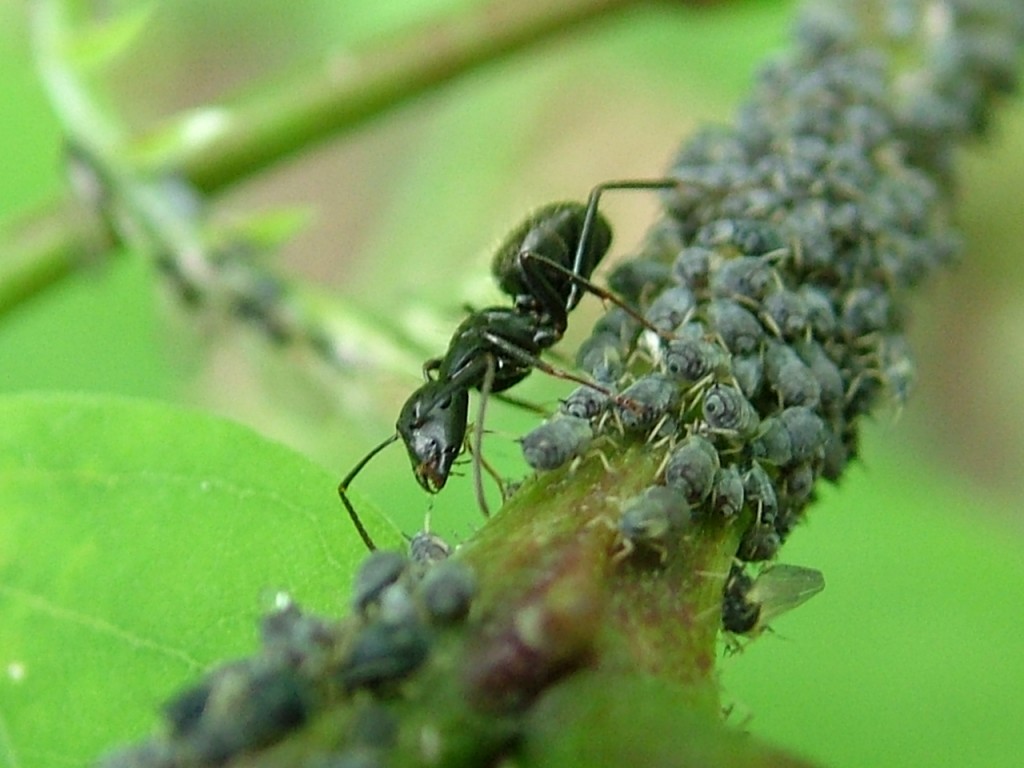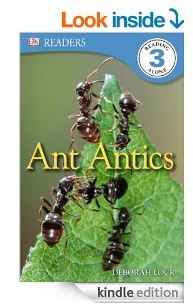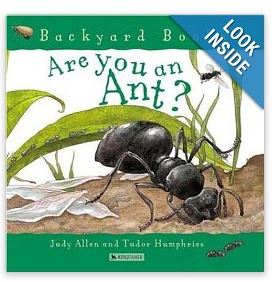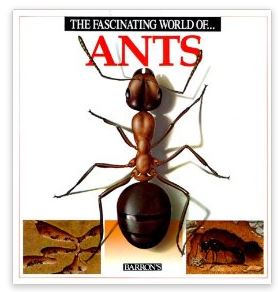Ant Teaching Resources for Your Classroom

Free and Low Cost Resources
As many of you know, I lead a double blogging life with my Citizen Science in the Classroom series on the umbrella citizen science site called SciStarter. If you haven't checked out their plethora of citizen science activities that you can get involved with, then head over to their site. In my series, I focus on specific citizen science projects and then help teachers figure out how to conduct those projects to meet grade specific, Next Generation and Common Core teaching standards. While writing my last post about a project called School of Ants, I was amazed at how little there is out there for teaching about ants. I had to do a great deal of digging to find teaching resources. But when I did, I found some great ones that I thought I'd share here. You can also check out my SciStarter blog post with Next Gen. and Common Core connections.
My favorite resource so far is Dr. Elanor's Book of Common Ants. This is a great free resource with wonderful illustrations, large ant pictures and close ups, and clear text. It's written for adults, but it's also kid friendly (4th-12th Grade). This book, along with a magnifying glass, is all you need to get yourself started with basic ant ID (or toss your kid outside with it and get them busy discovering on their own). I loved learning facts about pavement ants, winter ants, and the common little black ants called the "Odorous House Ant." Odorous house ants are the tiny little black sugar ants that come into the house. She suggests the "Squish-n-Sniff" for these guys because when you squish them, they smell good! This is how they got their names. How fun is that? If you are a naturalist at heart and want to learn more about ants, then this is the go-to resource.

I found some other great teaching resources that might be helpful as well, such as : ant lesson plans, MP3 interviews with ant researchers, free life cycle and anatomy worksheets, instructions for building an ant colony box, and more that come out of Arizona State University. If you haven't heard about their "Ask A Biologist" teaching resources, it's time to pop over to their pages (click here for their activity page). They have much more than just ant materials. You can find lesson plans, interviews, and worksheets, about plankton, space physiology, the nervous system, and more. It's worth visiting.

I'd like to suggest some of the following books:
DK Readers: Ant Antics. Lock. [2nd-4th] (used $.01)
Are You an Ant? Allen and Humphries [K-5th] (used $1)
The Fascinating World of Ants. Julivert et. Al. [2nd-5th] (used $.01)
Journey to the Ants: A Story of Scientific Exploration. Holldobloer and Wilson. [Adult reading and reference] (used $.50)
There are many more books out there that are great, these are just a few. If you need magnifying glasses, ant farm kits, or other supplies, you can find resources on my "Nature Gifts and Teaching Supplies" page. The wonderful thing about ants is that they are everywhere and require very few materials to study and observe. Happy "anting" (this is actually a term used by birders when birds rub ants on their feathers for some unknown reason, but I think it applies here).





